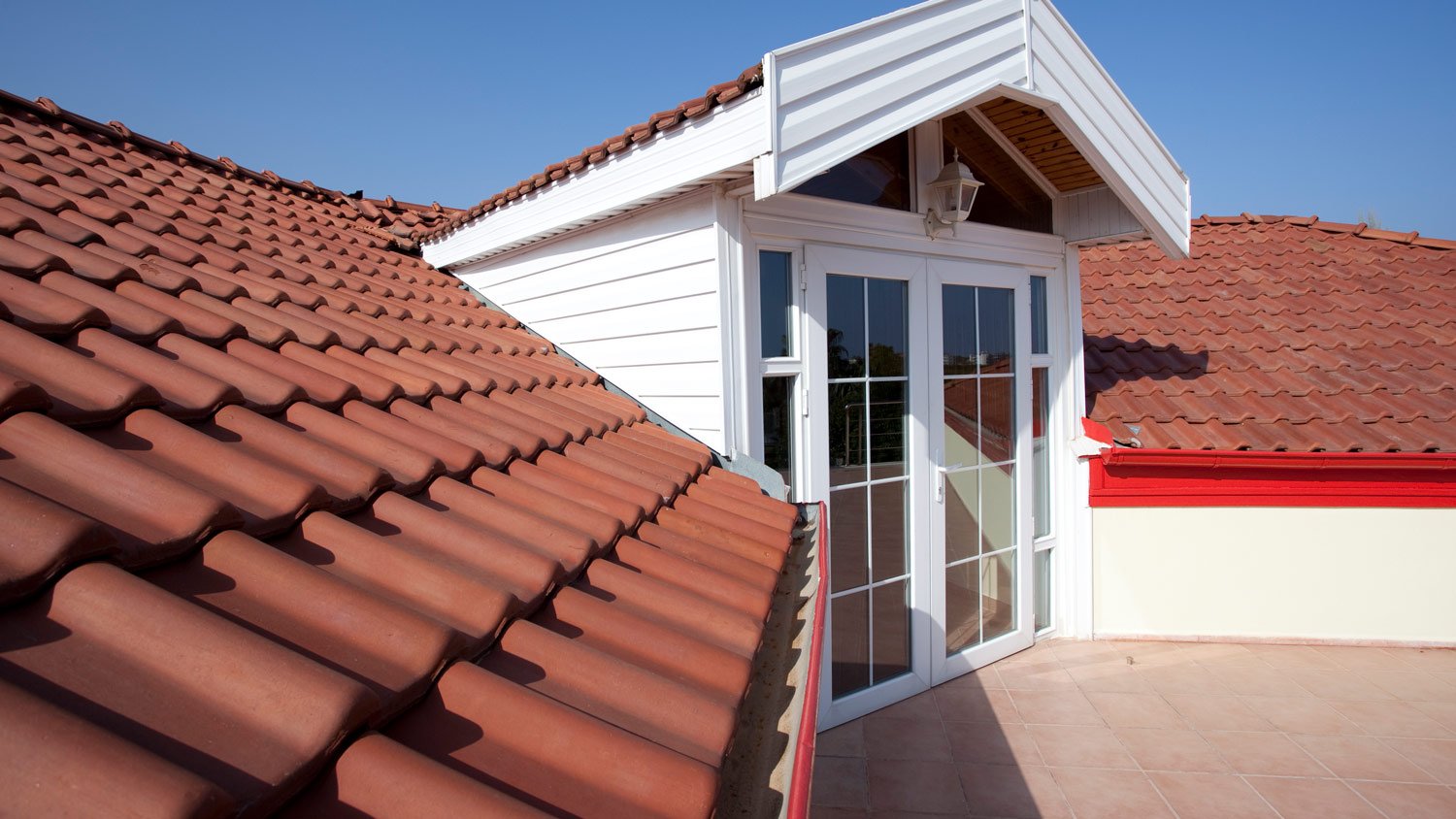
The cost to install vinyl soffit on your home depends on several factors, including the soffit length, condition, and the working height.
Get to know these polymer problems before choosing an underlayment


High-quality synthetic underlayment provides insulation and acts as a vapor barrier for your roof.
Synthetic roof underlayment problems are often due to low quality or poor installation.
It's best to pair your underlayment with proper roof ventilation to eliminate moisture buildup.
Synthetic roof underlayment can last up to 40 years but may break down when exposed to extreme temperatures and UV rays.
Tucked between your roof deck and roofing materials, roof underlayment plays a critical role in your roof's anatomy. Felt, rubber, and synthetic roof underlayment are your most common options, and each has ups and downs. Common synthetic roof underlayment problems often stem from incorrect installation, poor design, or the cost of underlayment replacement down the line.
Synthetic underlayment's ability to protect against moisture is both a perk and a problem. Made of polyethylene or polypropylene, the underlayment naturally acts as a barrier to a roof's largest threats—water and humidity. While synthetic materials can keep water from reaching your roof deck, moisture from your home or water that breaks through small roof cracks can lead to mold, algae, and pests.
This type of underlayment also cannot absorb water as felt does, which is its top competitor. Installing proper roof ventilation is crucial to ensuring proper airflow, as does proper installation around the eaves and flashing.

Synthetic roof underlayment is highly durable compared to other options, but it still struggles with extreme temperatures and sun exposure. If you live in an area with ample sunshine throughout the year and minimal shade, UV rays can slowly break down the structure of your synthetic roof underlayment, releasing Volatile Organic Compounds (VOCs) in the process. Brittleness, cracks, and blisters can expose your roof deck and top floor to insulation and water damage.
Protect against UV damage and similar synthetic roof underlayment problems by ensuring proper installation by an insulation professional. Exposure to high temperatures before installation, for example, should be avoided. If you live in a sun-drenched state like Nevada or Florida, it's best to talk with your roofer about other types of underlayment.
Whenever you're planning to restore or replace your roof, it's best to hire a roofing inspector knowledgeable about local building codes. Synthetic roof underlayment is also not ideal for all types of roofs. Some areas outlaw synthetic underlayments due to moisture trapping, which can lead to structural issues and mold. Additionally, since synthetic underlayment releases VOCs as it breaks down, it’s not ideal under some major types of roofing materials.

The majority of synthetic roof underlayment problems occur during installation. Always hire an experienced roofing contractor or an insulation professional near you to handle and secure the underlayment properly. Professional installation teams will use the appropriate roofing nails, fasteners, and flashing around the edges of the underlayment to ensure both its seal and its durability. Work with a contractor familiar with purchasing high-quality underlayment and its unique installation requirements.
Some forms of synthetic roof underlayment come with a self-adhering backing for easier installation. While helpful for contractors upfront, the strong adhesive can make things very tricky when it's time to replace the underlayment. The residue from the underlayment can damage the roof deck and even the roofing material, leading to higher-than-intended costs in the long run.
Never cut corners when choosing a synthetic underlayment for your roof. Lower-quality materials can split when exposed to heat and extreme cold, leading to delamination. Thickers and higher-quality underlayment also provide better insulation and protection against roof leaks. On average, synthetic roof underlayment lasts between 10 and 40 years when properly installed and maintained.
Synthetic roof underlayment costs between $0.10 and $0.75 per square foot, depending on its quality, brand, thickness, and adhesion. Asphalt and fiberglass felt underlayment can cost half as much in some cases but also last about half as long.
From average costs to expert advice, get all the answers you need to get your job done.

The cost to install vinyl soffit on your home depends on several factors, including the soffit length, condition, and the working height.

Discover composite roof repair cost estimates. Learn what impacts pricing, how to save, and whether to repair or replace your composite roof.

Discover common roof framing cost factors, including the differences between rafter and truss designs, to estimate the cost of your new roof.

Dreaming of a tile roof but not in love with how expensive clay tiles are? Concrete tile roof costs are much lower, but you still get that classic look.

If you’re upgrading your roof with stone-coated steel, you should be aware of the total project cost. Learn what will impact your final stone-coated steel roofing costs.

Painting a metal roof helps it look great and last for decades. Use this guide to learn how to paint a metal roof, whether you DIY the job or hire a pro.